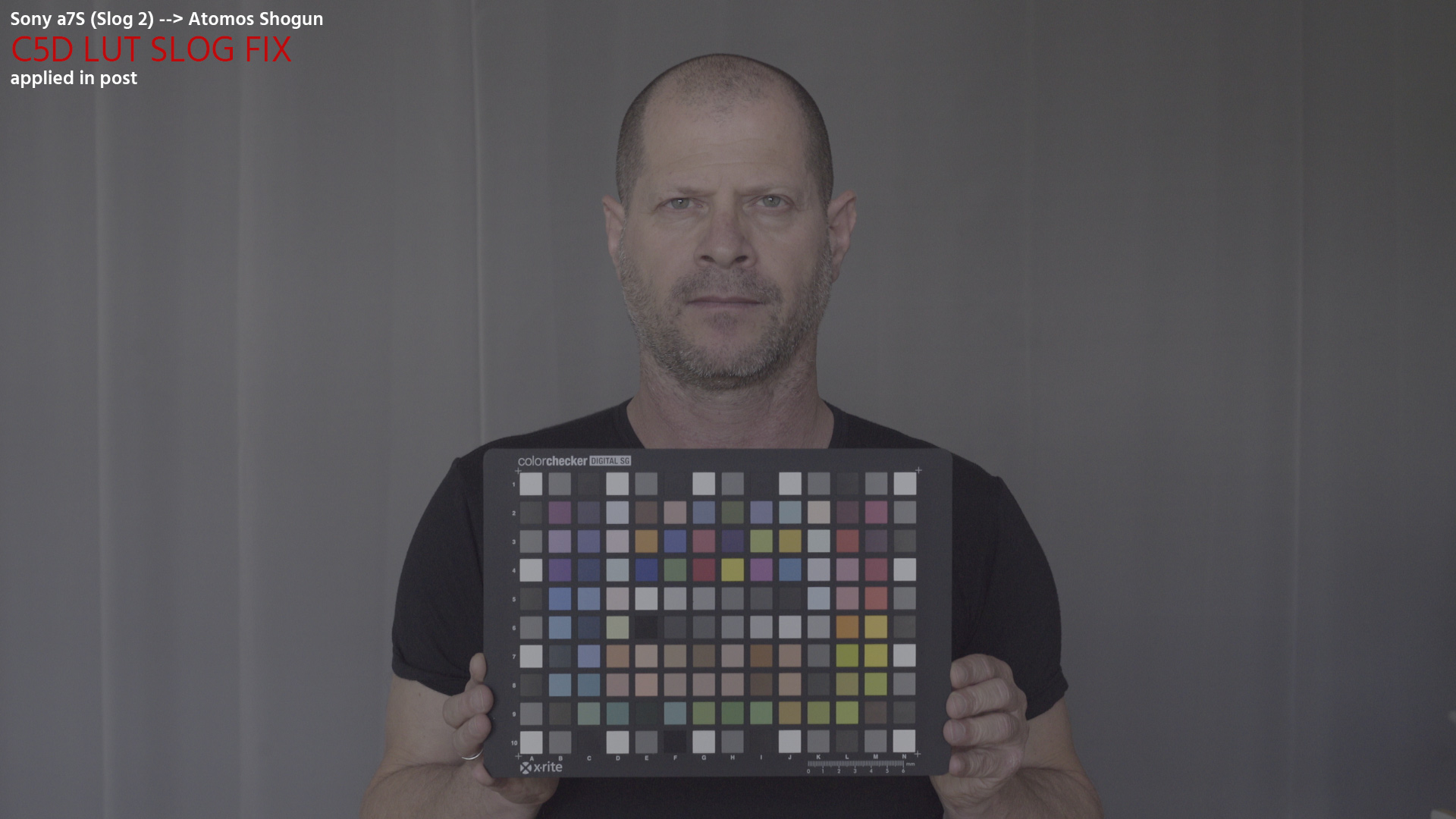
. Compatibility with Sony Vegas, Premiere Pro CC, After Effects CC, FCPX, DaVinci Resolve, Adobe Photoshop, Luminar, etc. Created for PC and Mac users. PLEASE SELECT: Free S Log2 LUT #2 Premium Wedding LUTs. FREE DOWNLOAD Download Free. This should clear up how to expose sony slog2 footage everytime! This applies to any sony camera that has the slog 2 picture profile. Free Slog 2 conversion. The pack has a custom SLOG2 profile and custom setting to allow you to shoot slow motion on the A7S II, while keeping your ISO/Noise down It might even be your preferred profile setting to avoid banding issues while shooting in S-log 3 on the A7S2 When using LUTS for the custom setting, make sure you use my LUTS for that setting.
Applying LUTs in DaVinci Resolve

You can apply a LUT for color work in DaVinci Resolve 12.5 as follows.
First, download S-Log2 LUTs from the Sony website and save them in the LUT folder, because DaVinci Resolve 12.5 only includes S-Log3 LUTs.
Download 3D LUTs for DaVinci Resolve
- S-Gamut/S-Log2
- S-Gamut 3.Cine/S-Log3
Procedure
Start DaVinci Resolve 12.5 and make sure the Project Manager screen is displayed.
Sony Slog 2 Lut Price
Click [New Project] and open a new project with a name of your choice.
When the [Media] page is displayed, import your material.
In the volumes listed in the upper left, select a folder with material to import. Clip thumbnails are shown once the material has been imported.
Drag clips to the [Media Pool] area.
If the frame rate of a clip you drop does not match the project frame rate, a frame rate conversion window is displayed. Click [Change] to adjust the frame rate of imported material to match your project.
Open the [Edit] page.
In the toolbar, select [File] > [New Timeline]. A window opens. For your new timeline, decide details such as [Start Timecode] and [Timeline Name].
Clear the selected [Empty Timeline] check box, and then click [Create]. All clips in the [Media Pool] area are arranged on the timeline.
Open the [Color] page.
Right-click one of the clip thumbnails in the middle of the screen and choose a LUT from [3D LUT].
You can also add your regular LUTs to the [3D LUT] menu.
Click the [Project Settings] icon in the lower right. In the window that opens, click [Open LUT Folder] in [Color Management]. Save the LUTs you will use in this LUT folder.
Here, use the S-Log2 LUTs you downloaded initially. Click [Update Lists]. You can now select the LUTs from [3D LUT].
In actual editing, you may need to adjust the contrast before applying a LUT. In this case, go ahead and adjust the contrast before applying the LUT. With the LUT applied and your clip shown in colors for a Rec. 709 screen, you can now color grade it as you imagined it.
One of the first questions everyone asks when they first shoot with an a7S II is “how do I get it into S Log?” Probably the default now is to shoot with the Sony a7S II in some sort of log profile. But that doesn’t mean Sony has made the process clear or simple.
Activating S Log 2 / S Log 3
Buried deep within the 5th camera sub-menu, you will find Picture Profile. Inside, you will find 10 preset slots that you can modify and customize. But by default, PP7 will be set up for S Log 2 and PP8 will be set up for S Log 3. To customize, select any of them by pressing right on the control wheel. Here, you will see a bunch of options you can fine-tune, such as Saturation and Black Level. But you can also select your Gamma Curve - which is where you will find S Log 2 and 3.
Shooting in S Log
With your chosen Picture Profile active, you will find that the lowest ISO you can shoot in S Log is 1600. The camera simply will not allow you to select anything lower. That means that any subject outdoors or brightly lit is going to require ND filters if you want to keep your shutter speed and aperture down. That said, the conventional wisdom holds that overexposing your image by about 2 stops gets you a cleaner final product, so the high ISO may not be as much of a liability as you imagine.
Shooting in Other Picture Profiles
Having hyped up the gradability of S Log 2 and 3, it may seem strange to now entertain the idea of shooting in any other profile. But the truth is that S Log is not a magic bullet, and it may be completely the wrong tool for some situations. The 8-bit recording format of the a7S II means that if your exposure or white balance is too far off-base, then the log profile will be almost impossible to pull back to center. Similarly, recording at anything less than 100mbps will severely impact your ability to heavily grade the footage. For these reasons, many pro shooters have swung around to ignoring S Log 2 and S Log 3 in favor of other, less extreme profiles.
Sony Slog 2 Lut

Sony Slog 2 Lut Review
In Conclusion
The secret is all in the Picture Profile menu, where you can load up S Log 2 or S Log 3, as well as customize half a dozen other settings. But 8-bit log footage isn’t always the best tool for the job, and the other profiles there are equally worth exploring.